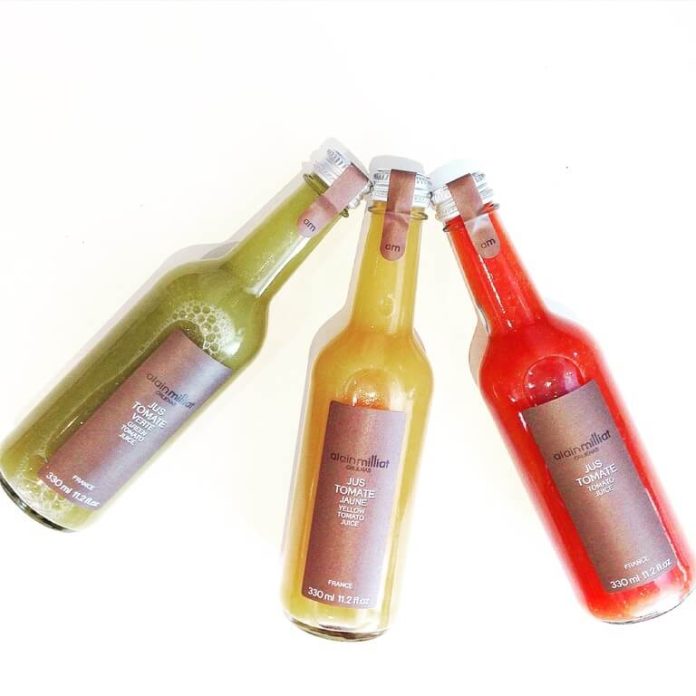In the highly saturated market of beverages, branding, and packaging play a vital role in the success of the product and the number of utmost sales of the product. An analysis of beverage labels reveals that they are not just informative tools, but also a way of communicating a theme or message in support of branding and persuading the target market. This article will look at how effective labelling and packaging can very much increase sales and improve your marketing brand in the market.
The Importance of First Impressions
Shopping is a behaviour, and one common feature of this behaviour is that consumers switch brands based on the packaging design. Data reveals that a large portion of buying decisions will be made when one stares at the package of a given product. Your labels are probably one of the most crucial contact points between your product and the end user. Any cheesy design, good message, and beautiful colour choice will always draw attention and make people notice your product.
Key Components of a Beverage Label
- Clarity and Readability: The label should leave no doubt as to what particular beverage it is that is contained in the packaging. Depending on the container, important information has to be visible; basic information like the ingredients, nutritional facts, and branding and logos have to be easy to find.
- Visual Appeal: This gives them an aspect to focus on mainly the colours, imagery, and the typographic aspect in portraying the consumers. Any good graphic design should echo the nature of the product, be it a glass of fruit juice, a carbonated soft drink, or craft beer. The aesthetic should relate to the targeted demographic, thus improving the chances of a purchase.
- Brand Identity: Your beverage label must reflect the spirit of the brand you want to create for your consumers. A steadfast approach to design throughout one’s portfolio of products helps brand awareness and consumer loyalty. If a consumer likes one product then that acknowledges the label they are likely to use products from the same brand.
- Regulatory Compliance: Make sure your labels meet the legal requirements of the country they are going to be used in as far as information presentation is concerned. This is manifested in the form of alcohol content for the alcoholic products they present, the presence of allergens, and any health benefits they care to advocate. If priors are not followed, it becomes costly, and your brand image will be affected in the market.
The Role of Packaging
First, think about what makes a product successful– its packaging, therefore the labels are important, however, the actual packaging also has a part to play in the aesthetics and practicality of the actual beverage container. For example, products packaged sustainably are starring to be a preference among consumers who consider the ambiance impact of their products. Purchasing environmentally friendly items also holds popularity in this sector and can be used to offer your business a competitive edge.
Practical Considerations
- Protection and Preservation: It should safeguard the beverage from deteriorating or contamination by other factors prevailing in the environment. Think also about the proximate expiration date of the product and look for materials that will not depreciate the product within a short time but will appeal to the buyer.
- Convenience: The convenience of opening and reclosing might also be essential to a customer. The packaging should be convenient and portable since most products are beverages to be consumed in cars, during exercise, or at work.
- Sustainability: As stated earlier consumers are nowadays willing to stick to brands that are friendly to the earth’s environment. He should look for the opportunity to use packaging material that is recyclable or degradable in a market where customers are environmentally conscious.
Creating a Cohesive Strategy
Thus, in order to get even more out of your packaging, it becomes critical to maximize the usage of these visual tools as part of a wider marketing communications strategy. Your labelling should in some way correlate with your overall range of branding, marketing, and advertising. What’s more, social media and advertising should be cohesive, which strengthens brand recognition and creates trust among consumers.
Conclusion
Beverage labelling and packaging go a long way in a market that is largely filled with similar products. Their goal of clarity, graphic appeal, the clients’ identification, and environmentally friendly production allows the development of a product that would draw attention and promote people’s loyalty. To that end, in beginning this process, keep this in mind to assess what makes a product great and guarantee that all aspects contribute to adding value to your brand.
Food & beverage labels should not merely be considered as a pretty face; it is a strategic place that has the potential to shape the prospects of the business. When entering the beverage market whether as a newcomer or restructuring existing products, these aspects will allow for your products to be set to achieve success.
Author Bio:
Hi, I am Mike Morleye. As a professional writer, I put together my writing skills to share knowledge on diverse topics in a readable, understandable and appealing format. Follow me back on Facebook, Twitter and LinkedIn.





